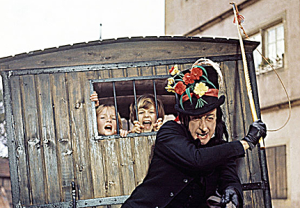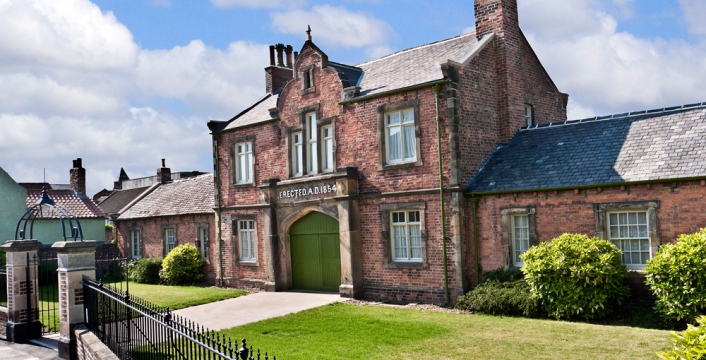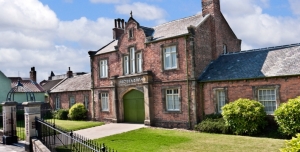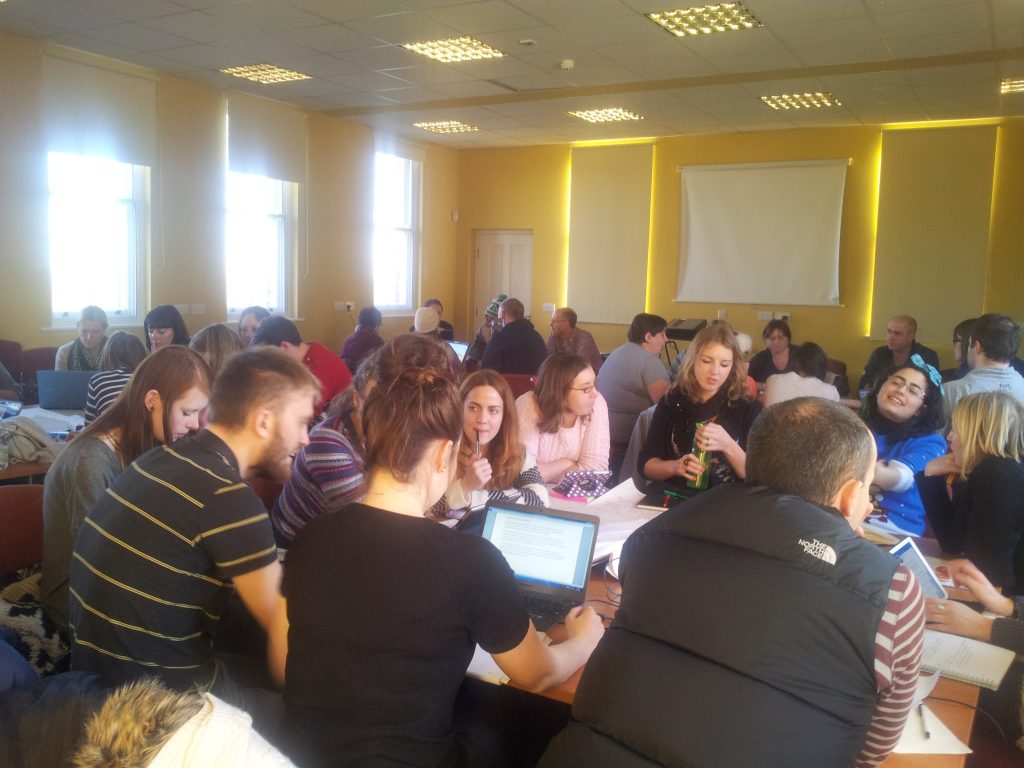First year social work students from the University of York spent the last day of this term at the Ripon Workhouse Museum. No, not an end-of-term jolly. They spent their time there drafting webpages to communicate
First year social work students from the University of York spent the last day of this term at the Ripon Workhouse Museum. No, not an end-of-term jolly. They spent their time there drafting webpages to communicate a little about social work to the museum-going public.
Public perceptions of social work


Social workers are not liked. We are often vilified. Take the tragic death of Baby Peter. Although it has been found to be a multi-agency failure, it was social workers whom the press blamed. Politicians and the public were happy to accept the story they were told without bothering to look beyond headlines. Social work is an easy target.
By contrast, nurses and many other public sector professionals such as fire fighters are held in high esteem. This is partly because they provide universal services and most people come into contact with them at some point in their lives. Social workers work with only a small proportion of the population and many people don’t really understand what we do.
Social workers typically work with the poorest and most vulnerable members of society. From its origins in the Charity Organisation Society in the nineteenth century (who organised the distribution of relief to the poor), social work has been associated with poverty. Then, and now, poverty carries a significant stigma which is carried over into social work. Ignorance breeds stigma, so it’s important for us to communicate a little about what we do.
Ripon Workhouse Museum
Social care has been provided on the site of the Victorian workhouse in Ripon for over 230 years. Although the workhouse closed in the twentieth century with the elderly residents moving out to a residential home, many services are still based there such as the Ripon Citizens Advice Bureau, the Centre for Voluntary Services and the Ripon Mental Health Recovery Team.
The museum is based in the former gatehouse of the workhouse. Upstairs is the Guardian’s room where decisions about admittance to the workhouse were made. The Poor Law Guardians decided if someone was ‘deserving’ or ‘undeserving’ of help. The ‘deserving’ poor were unable to work or look after themselves (typically the ill, infirm, elderly or children) or those who were able to work but could not find any. The ‘undeserving’ were those who were able but unwilling to work; these were denied poor relief and were sent on their way.
Next to the main entrance is the receiving ward, where inmates were admitted to the workhouse. Here their clothes were taken from them and they were provided with a uniform. Their hair was shaven and they were checked for disease. All inmates went through the same procedure, a common feature of life in a Victorian institution.
Beyond the receiving ward are the vagrant cells. Stark, cold and bare, these cells housed the homeless for two nights at a time ensuring they gave a day’s labour before being sent on their way again. Their work, like that of other able-bodied men, was menial physical labour such as breaking rocks or chopping wood. Women did laundry or helped in the kitchen.
Among other rooms depicting life in the workhouse, there is a Victorian classroom and information about the closure of the workhouse. The museum takes up just a small part of the site, but it vividly tells the story of what went on in the other buildings.
Museum visit
The students were guided around the museum in groups during the morning. Four museum volunteers (it is run by a charity and relies on volunteers to show visitors around) were positioned around the museum and told its story. Accompanied by a university tutor, each group reflected on contemporary policy and practice as they explored the museum. The four topics they discussed matched the four zones of the workhouse they visited: assessment; person-centred care; homelessness; and community care today.
The discussion enabled students to reflect on what we do now in the light of Victorian care practices. We discussed problems with institutional care in the wake of Winterbourne View and how residential care can be person-centred. We had a lively debate about whether the Victorians treated homeless people better than we do now. We explored how value judgments can still influence assessment decisions today. And we considered continuities and discontinuities from the past in today’s debate about welfare.
Webpages
We spent the afternoon in small groups drafting webpages to be added to the museum’s website. The students wrote text and found images and hyperlinks on the same four contemporary aspects of social work practice with connections to poverty we had discussed in the museum in the morning. The text of these webpages is currently being edited prior to being uploaded to the website.
The students wrote about contemporary policy and practice in order to inform museum visitors ‘how things are done now’. We are working with the museum to erect QR codes in the four zones in the museum so that visitors can scan them with their smartphones and go direct to the webpages to bring them up to date on contemporary practice. Of course, when they are online they will also be available for anyone to see.
Feedback
The students’ feedback from the day was very positive. The cold was the biggest complaint, but then, the Victorians were not famed for their central heating or double glazing. Next time we will allow more time for the students to explore the museum at their own pace and for them to complete the afternoon activity. But it was a valuable learning opportunity for them and us. It demonstrated that it is possible to consolidate learning about poverty by looking to the past. And, in the process, do a little to demystify what social work is all about for the general public.
The museum is keen to facilitate similar learning opportunities for students from other universities. If you’re interested in setting something up, I’ll be happy to put them in touch with you; just drop me a line.



